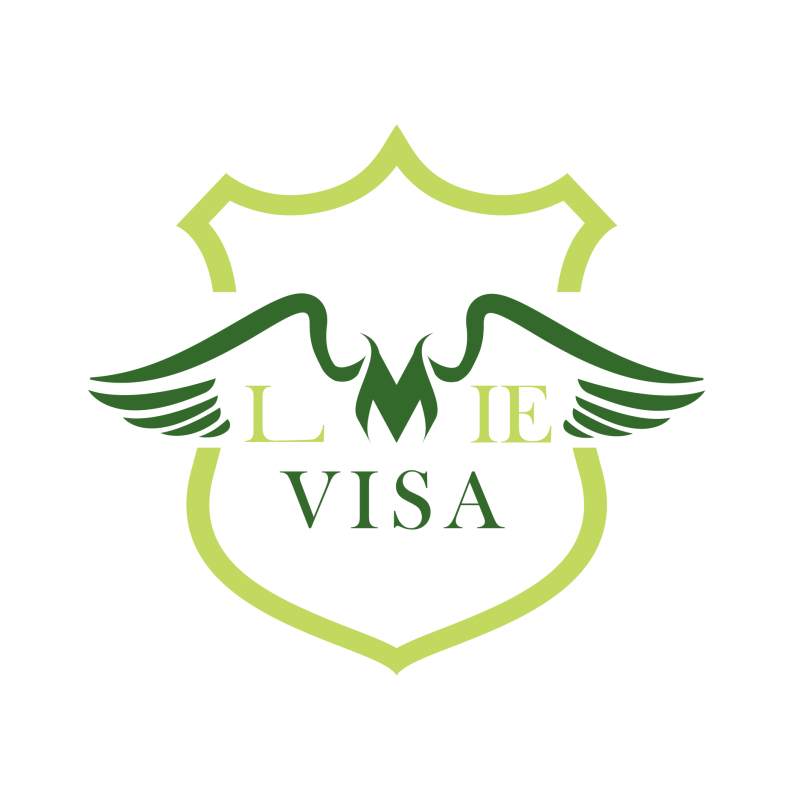The Importance of the Meat Cutting Industry in Australia
Training Duration: Depends on each candidate.
Skills: Requires meat cutting skills, usually must pass a skill assessment.
English Proficiency: Must meet English requirements (IELTS 5.0, PTE 36, etc.)
Work Location: Queensland (QLD) and New South Wales (NSW), Australia
After 3–4 years of work, you may apply for Permanent Residency (PR) through permanent visas such as the 186 visa.
The Importance of the Meat Cutting Industry in Australia
Working in meat cutting facilities in Australia requires high skill levels and strict compliance with occupational safety and food hygiene regulations. Workers are involved in the processes of cutting, processing, and packaging meat from animals such as cattle, sheep, and pigs to supply both the domestic and export markets. The work typically takes place in low-temperature environments and requires the use of specialized tools such as knives.
Australia is one of the countries renowned for livestock farming and meat export, with growing consumption and demand both domestically and internationally. The meat cutting industry plays a crucial role in Australia’s food supply chain. Workers in this sector not only ensure the supply of quality meat products but also play an important role in the processing and export procedures.
Meat cutters, also known as butchers, are specialists in cutting meat from farm animals and processing it into portions suitable for consumption in restaurants, supermarkets, and for export. This work requires professional skills, physical stamina, and attention to detail, along with knowledge of food safety and hygiene.
Australia is one of the world’s leading meat exporters, with the meat industry making a significant contribution to the economy. Australia’s main meat products include beef, lamb, pork, and poultry. This industry not only serves domestic consumption but also exports to many countries, including Japan, the United States, China, and South Korea.
According to data from Meat & Livestock Australia (MLA), Australia’s meat export industry reached a peak in 2022, with nearly 1.5 million tons of meat exported worldwide. This creates a high demand for workforce in the meat cutting sector, covering stages from production to processing and export.
A meat cutter (butcher) is responsible for cutting meat from animals into smaller portions for consumption or export. This job requires not only cutting skills but also knowledge of different types of meat, preservation methods, and hygiene procedures.
The meat cutting process starts with breaking down the whole carcass into smaller meat portions. The meat cutter must remove bones, fat, and skin to ensure the final product consists of clean meat pieces that meet customer requirements.
Meat cutters need skills in handling knives, saws, and other equipment to process meat accurately and safely. These tools must be regularly maintained to ensure not only work efficiency but also food safety and hygiene.
To become a professional meat cutter in Australia, workers need to meet various skill and training requirements. This profession not only demands cutting skills but also knowledge of food hygiene, meat preservation, and safe processing procedures.
In Australia, to become a professional meat cutter, many people undertake intensive training programs lasting 3 to 4 years. These programs include both theory and practical training, covering meat cutting techniques and food preservation knowledge.
Additionally, workers need certifications related to food safety and occupational health and safety to work in this field. Common certifications include:
Food safety certificate: A mandatory requirement to ensure that meat cutters understand and comply with hygiene standards.
Occupational health and safety certificate: Since meat cutting work involves handling sharp tools and working in challenging conditions, meat cutters must be trained in workplace safety.
Meat cutting requires good physical health as workers often stand for long hours and work in low-temperature environments. Moreover, physical endurance and agility are important factors to complete tasks efficient
With increasing demand for meat consumption and export, career opportunities in the meat cutting industry in Australia are substantial. Skilled workers are highly sought after by food processing plants, retail stores, and meat export facilities.
Food processing plants: These facilities have the highest demand for meat cutters. Large plants supply meat not only for the domestic market but also for export worldwide.
Retail stores: Meat cutters can also work in retail shops or supermarkets, where they directly cut and provide meat to consumers.
Export sector: As one of the world’s leading meat-exporting countries, many meat cutters have the opportunity to participate in Australia’s meat export supply chains, contributing to delivering high-quality products to international markets.
The meat cutting industry in Australia is one of the sectors prioritized by the Australian government for international workers under the Temporary Skill Shortage (TSS) visa program (subclass 482). This presents a great opportunity for meat cutters from overseas who wish to work and settle long-term in Australia. Additionally, these workers can apply for permanent residency through visas such as subclass 186 or 187 after a period of working in Australia, offering the chance for permanent settlement.
The salary of a meat cutter in Australia varies depending on experience and workplace. However, meat cutters in Australia generally earn a relatively high income compared to other countries.

Learning - Working - immigration - Experts
©2000 LwieVisa Group